#sanserif
Explore tagged Tumblr posts
Photo
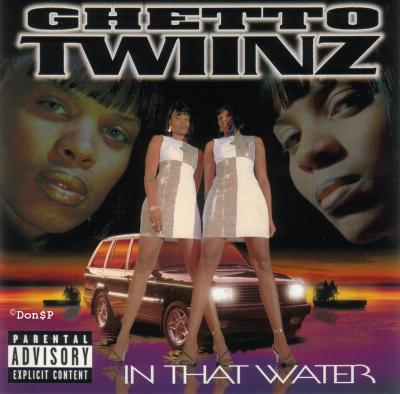
104 notes
·
View notes
Photo
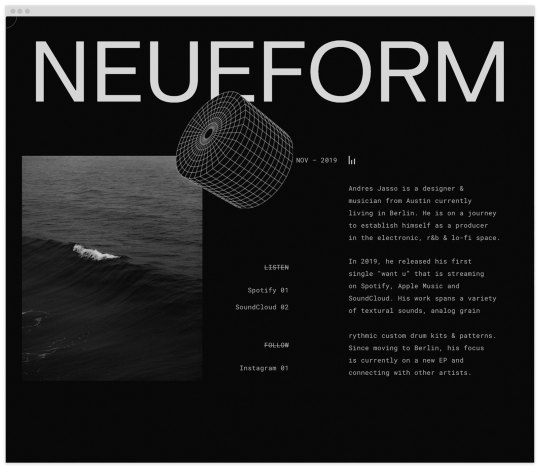
#1784 https://www.neueformbeats.com
40 notes
·
View notes
Note
Hey Alex, I'm the guy who asked about Sanse! I understand what you mean, my interest in Haitian Vodou has largely been because as I understand it ultimately Sanse/21 Divisiones have their origins in Haiti, albeit not of the Asson lineage. I have heard that lwa like Papa Candelo, Filomena etc. are served in parts of northern Haiti and the borderlands in tcha-tcha houses and so I figured pursuing that would be best. But it seems like there aren't that many non-Dominican tcha-tcha houses stateside.
Hey again Alex, sorry for you bothering you. The character count limited what I wanted to say. I know that since the asson lineage has spread in the DR, some people are serving Dominican lwa with the asson, with kreyol songs for Belie and other Dominican lwa. It's what peaked my interest of whether it'd be possible or not in a Haitian house.
Hi there,
So, the borders on the island are both meaningless and meaningful in the religion and in the cultures that are on the island. I don’t think it’s quite accurate to say that 21 Divisiones or Sanse descends from a Haitian practice, because that privileges a Haitian practice where it doesn’t need to be privileged and kind of ignores the important differences between cultures, practices, and spirits.
The tcha-tcha lineage is an island practice that has branched separately based on borders; it predates the asson lineage and has taken on different types of rootedness in each country. In the Dominican Republic, 21 Divisiones is the primary indigenous religious practice and is heavily influenced by Spanish colonial rule, Taino indigenous religion, and European spiritualism (Kardecian thought that evolved into mesa blanca in many Caribbean countries).
In Haiti, the tcha-tcha lineage is very much tied to family and place in that it is largely open only to people who are of a direct blood relation to the lakou or who may live in the lakou, and is most prevalent in the more rural areas of Haiti. Since those lineages are so tied to the lakou, they aren’t really present outside of Haiti. Much of the development of the asson in the last 200 years has been around the internal diaspora in Haiti in that the asson is not dependent on lakou or blood relations, which aided Haitians who had no family left or no access to a lakou. Haiti has never really had the Kardecian-mesa blanca aspect; instead, various lineages have taken on various ‘flavors’ (for lack of a better word) of what could be called African spiritualism. There are fran Dahomey lineages, fran Kongo, fran Nago, and more, and they all reflect the particular ‘flavor’ of that region in Haiti in all different regions of Haiti.
So, tcha-tcha is all one root on the island that branched out. It wouldn’t surprise me to hear that Dominican spirits like Candelo and Filomena crossed the border, particularly in the north where the border can be really permeable.
The asson is definitely used in the DR and I know quite a few Dominican folks who practice Haitian Vodou and have a lineage that has roots in Haiti at some point. I’ve seen Dominicans who maintain tables for both Haitian and Dominican spirits and may blend, but that doesn’t tend to happen in Haiti.
This is place where the border and the concept of the border becomes really important. Part of the branching off of Haitian Vodou is the revolution that set the enslaved Africans who would become Haitians free. It was a bargain between Haitians and spirits who sprang up directly from the ground, and it’s a huge, HUGE part of national identity in Haiti...even for Haitians who don’t practice...so it would be weird to meld other things in that are not Haitian, particularly in parts of Haiti that are really not in that wibbly-wobbly border zone.
And, there is also the overarching political implications of the border. The Dominican Republic has not treated Haiti well for quite a long time. Folks talk about how the Dajabón river is a river of blood, for the massacre of at least 15,000 Haitians at the hands of the Dominican government in 1937 (the Parsley Massacre). The DR has undertaken aggressive deportations of folks deemed not to look Dominican (which really reads out to darker-skinned Haitians, some of who have lived there for their whole lives) that still continue even now. It’s a political division that has had a lot of real-life pain with it, and that can affect transmission and relocation of religious information. There are some Haitians who feel very strongly about the inclusion of Dominicans in Haitian Vodou (more strongly than any other outsiders) because of the cultural memory and sometimes reality of the difficulties embodied in those differences.
Sanse is really something else entirely, and doesn’t have a lot to do with Haiti or the island. Sanse is very heavily born from the Taino folks who were originally on the island who were contacted, as legends dictate, by free Africans, who were the first Africans on the island, mixed with Kardecian mesa blanca. The inclusion of the lwa in Sanse is still quite new; a lot of the older texts that describe indigenous Puerto Rican practices aren’t inclusive of that. It’s a result of diaspora of practice, which is also in place in Cuba, as the lwa arrived there with Haitian immigrants and refugees, and that has grown into something uniquely Cuban.
In contrast, most of the Taino on Santo Domingo had either died or fled to the mountains by the time the French colonizers began bringing kidnapped Africans to the island to their side of the mountain, as it were. Maroon colonies were mixed colonies between surviving Taino and escaped Africans, and that definitely has influences on Haitian Vodou, albeit somewhat subtly.
So, tl:dr: tcha-tcha has developed very differently in each country on the island; it is the main Dominican practice, and one of the lineages on the Haitian side, although it is often more rural and family-distinct than 21 Divisiones might be on the Dominican side.
I hope this helped--let me know if you have more questions!
14 notes
·
View notes
Photo








Stinger font by ZetaFonts
#sans serif#Sanserif#Sans Serif Font#fonts#Typography#design#web design#modern#TTF#font#lettering#type#typeface
11 notes
·
View notes
Photo
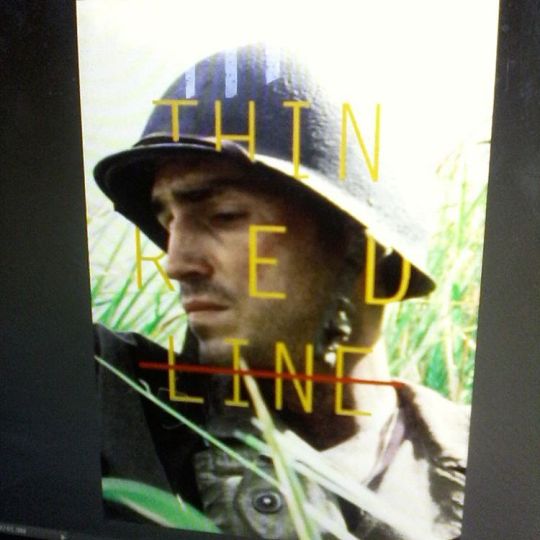
Typography poster experiment #design #layout #typography #sanserif #graphicdesign #filmposterart #film #thinredline
6 notes
·
View notes
Photo

Entry 10 in the #CreativeWorshipJournal: The words of John the Baptist, about Jesus, in John 3:30 (HCSB). I have been studying the book of John with my Bible study, and I love getting glimpses of other people's ministry experiences, like John the Baptist. In this portion of the book, John's disciples came to him, saying that Jesus was baptizing and everyone was flocking to Him. In verses 29-30 John says, "He who has the bride is the groom. But the groom's friend, who stands by and listens for him, rejoices greatly at the groom's voice. So this joy of mine is complete. He must increase, but I must decrease." I see this as a challenge for those who follow Jesus. Whatever we do should be for the increase, the glorification, of Jesus, not ourselves. That is how we decrease. #creativeworship #bible #bibleverse #scripture #biblejournaling #biblelettering #verse #john330 #art #design #lettering #typography #moderncalligraphy #calligraphy #sanserif #brushlettering #handlettering #watercolor #paint #ombre #janedavenport #janedavenportmermaidmarkers #rangerink #notebook #journal #create #creative #creativecommunity #artistsoninstagram
#notebook#calligraphy#handlettering#sanserif#moderncalligraphy#ombre#creativeworship#design#rangerink#biblelettering#art#creative#paint#bible#janedavenport#john330#janedavenportmermaidmarkers#create#biblejournaling#lettering#creativeworshipjournal#artistsoninstagram#creativecommunity#typography#bibleverse#scripture#journal#brushlettering#verse#watercolor
5 notes
·
View notes
Photo

#1038 https://architectureforlondon.com
32 notes
·
View notes
Photo
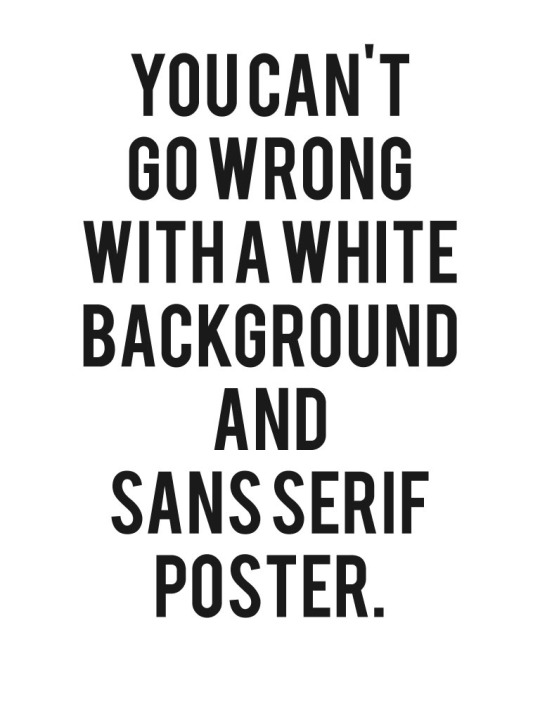
4 notes
·
View notes
Photo
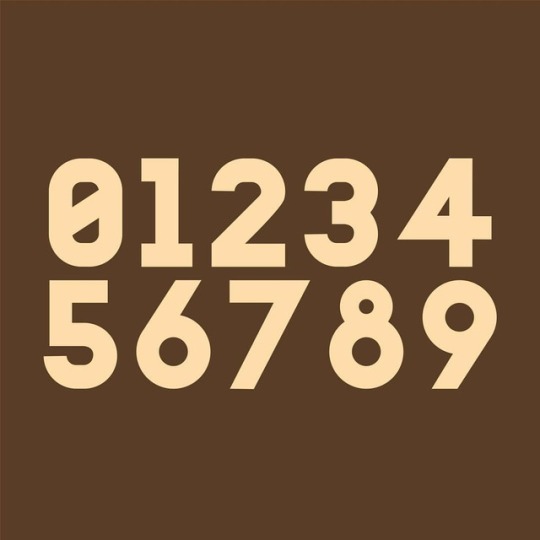
+ numbers . . . . #typeface #graphicdesign #designer #type #typography #sanserif #panagram #sentence #language #blackalicious #lyrics #illustration #numbers #font
#lyrics#sanserif#blackalicious#type#graphicdesign#panagram#numbers#sentence#designer#typeface#language#illustration#font#typography
3 notes
·
View notes
Photo
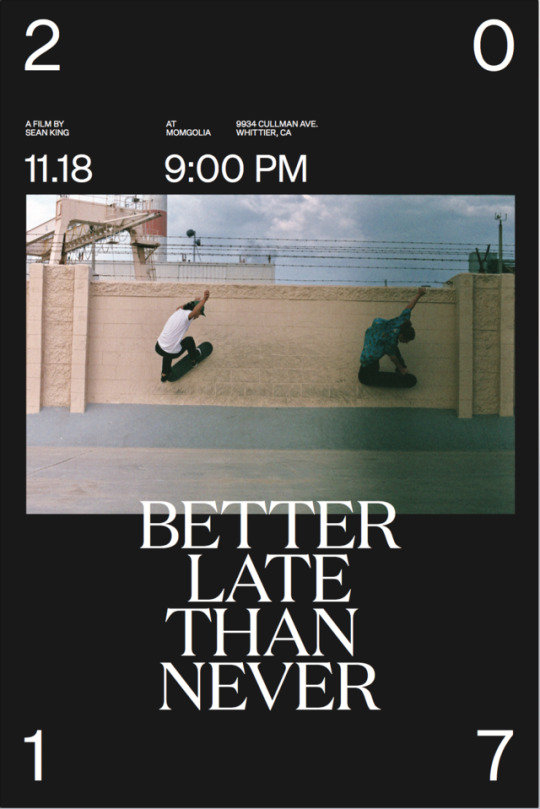
3 notes
·
View notes
Photo
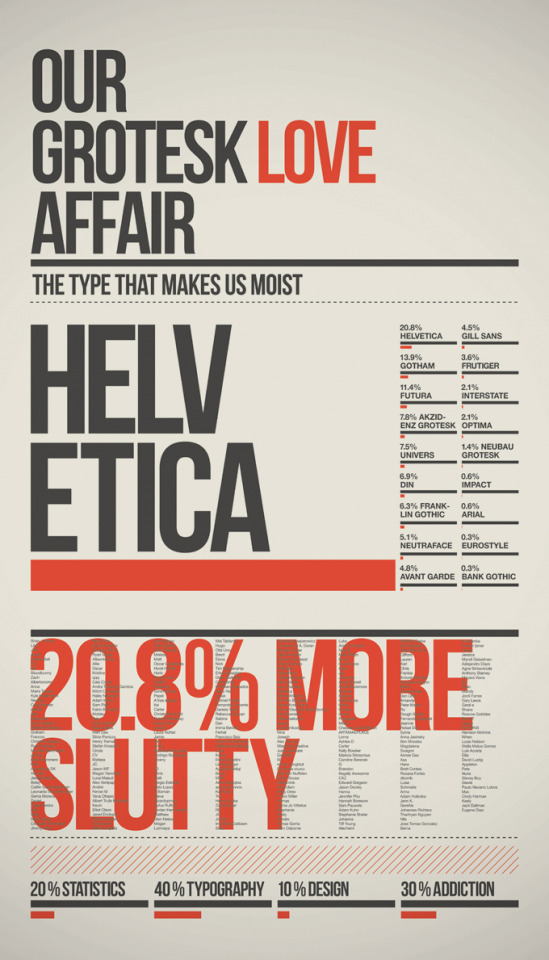
A Grotesk love affair | Ryan Atkinson, Steve de Lange & Monotono
3 notes
·
View notes
Photo

Illinois Wedding
Day 15
#poster#musicfestivalwedding#invitaion#unique#sanserif#wsu#30 day challenge#wedding#invitation#graphic design#photoshop
2 notes
·
View notes
Photo

~ #그루브 #빨강 #산세리프 #한글 #포스터 #groove #red #sanserif #korean #word #poster 작업 순서를 다듬어야겠다 . 타이포 정리도 ..
2 notes
·
View notes
Photo
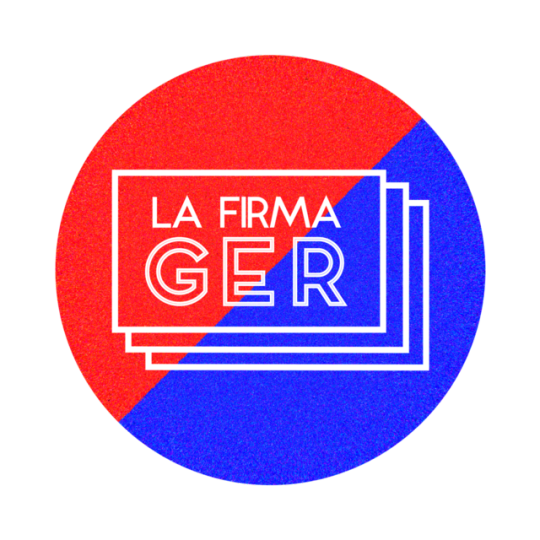
Logo
2 notes
·
View notes

